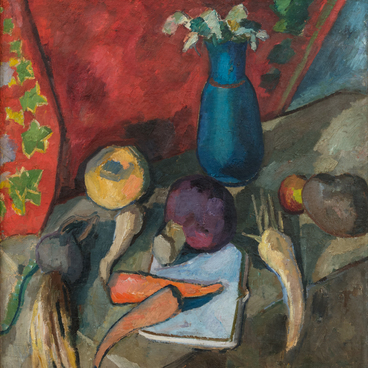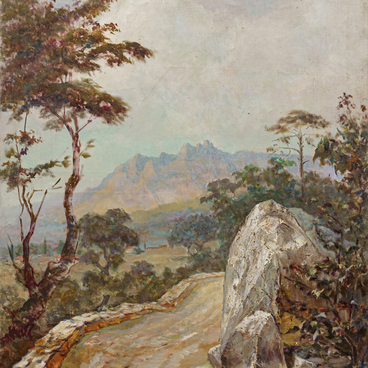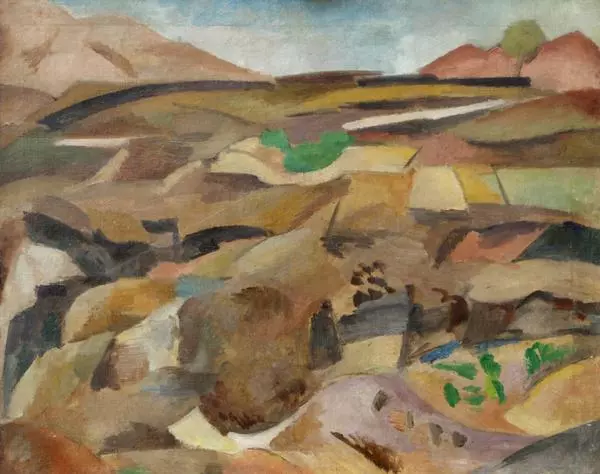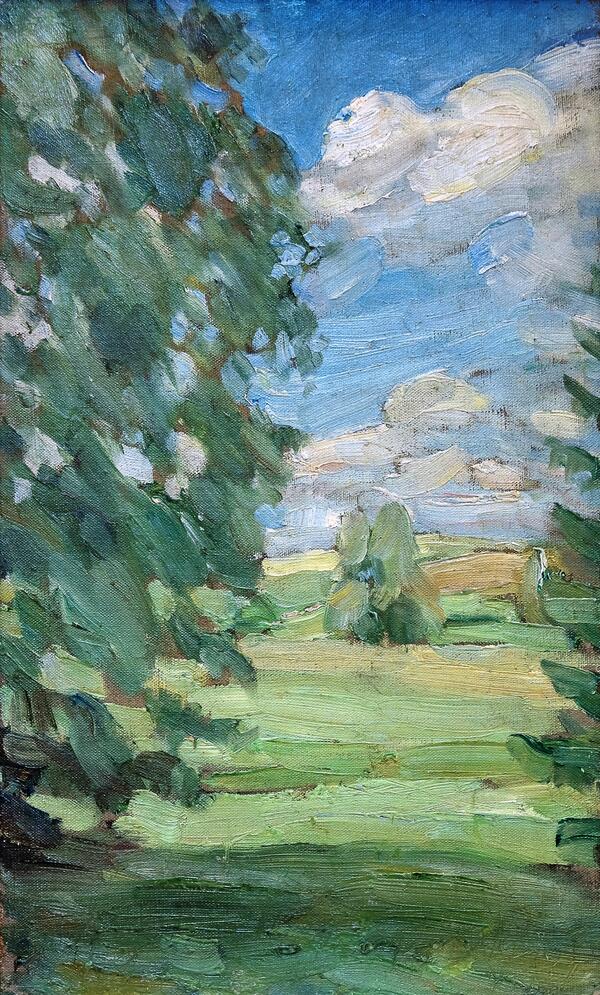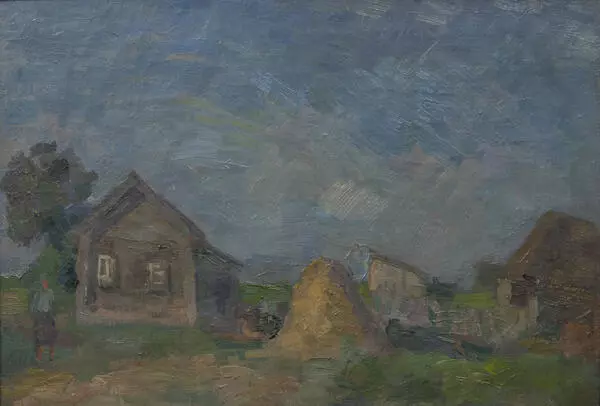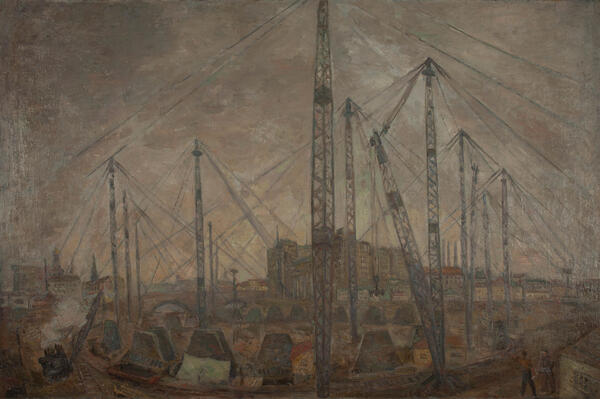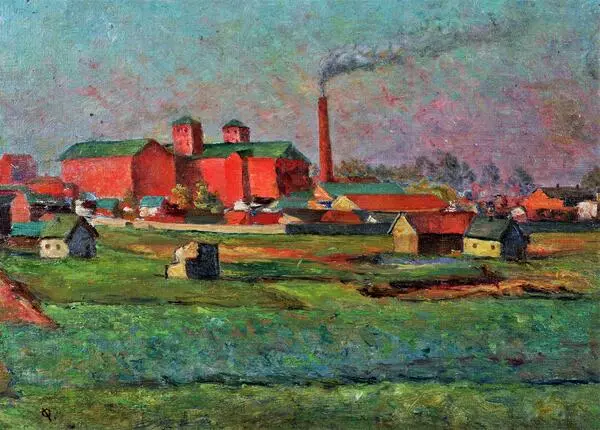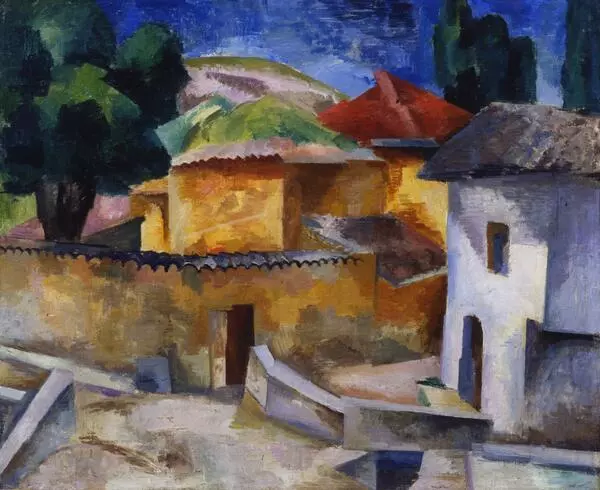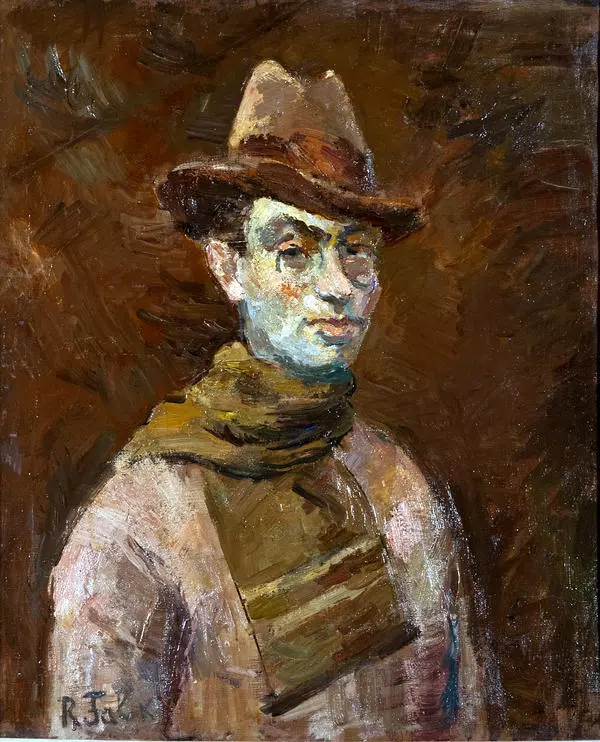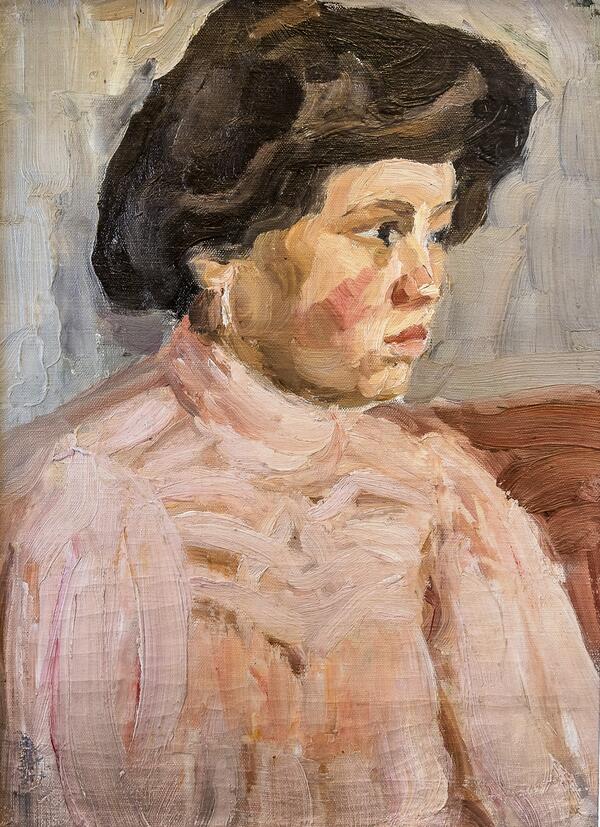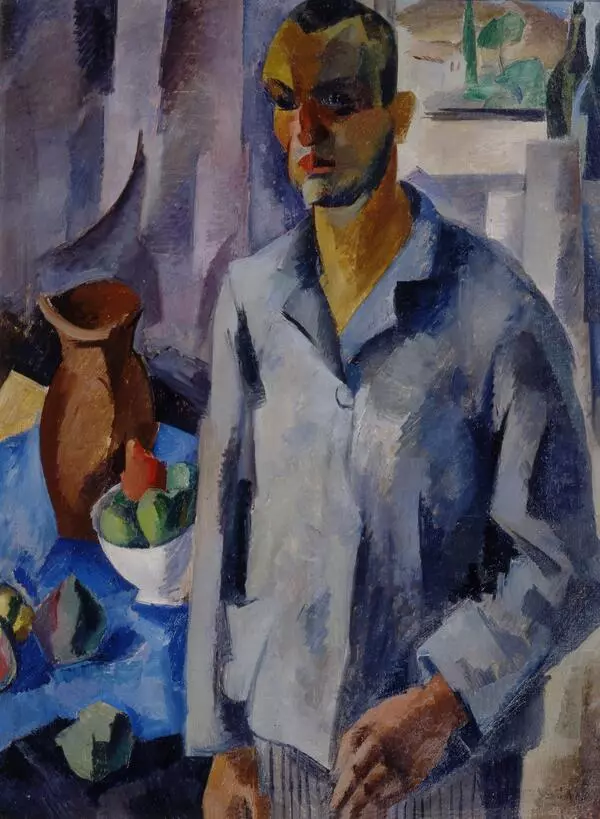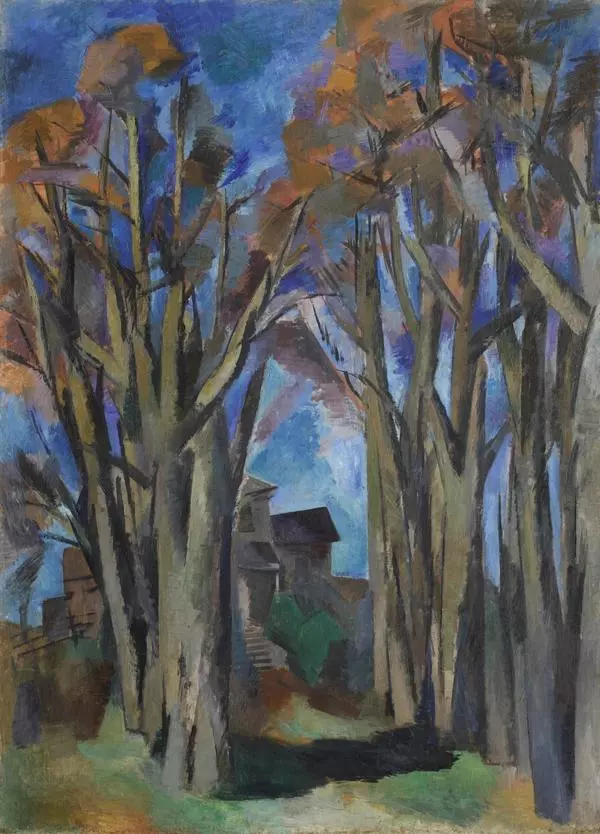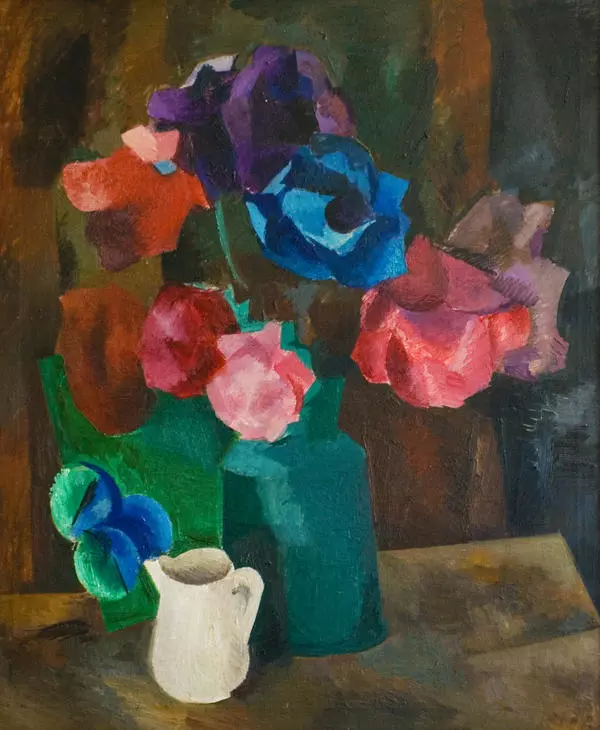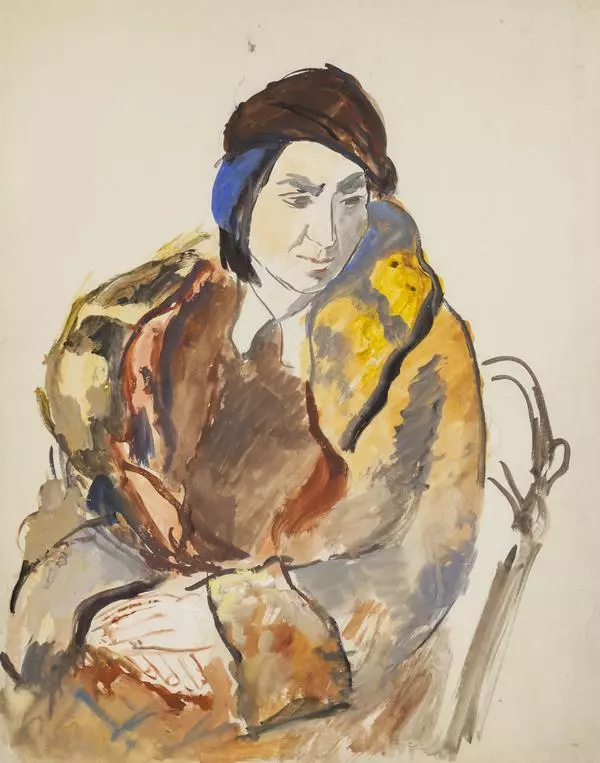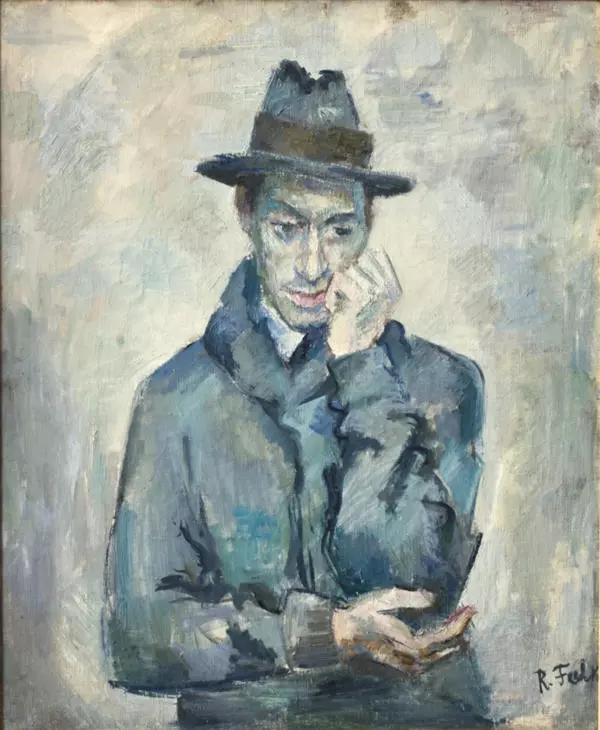After the Russian Revolution of 1917, Robert Falk became Dean of the School of Painting, joined the Moscow Board of Art and Artistic Industry at the Department of Fine Arts, and worked as a production designer at the Moscow State Jewish Theater.
After that, for a long time, Robert Falk lived in Paris where he continued to improve his artistic skills and talent. His work became dominated by landscapes, still lifes, and portraits, painted in a generalized, subdued manner. In 1939, after Robert Falk returned to the Soviet Union, a solo exhibition of his works was organized. For many young Soviet artists, Robert Falk became a symbol of the bygone era of great painting, a bridge between the art of the early 20th century and the post-Stalin thaw.
The Khimki Art Gallery houses a double-sided painting by Robert Falk. On one side, the artist depicted a still life, on the other — a female portrait. Falk was wary of the word “portrait.” He said simply,

